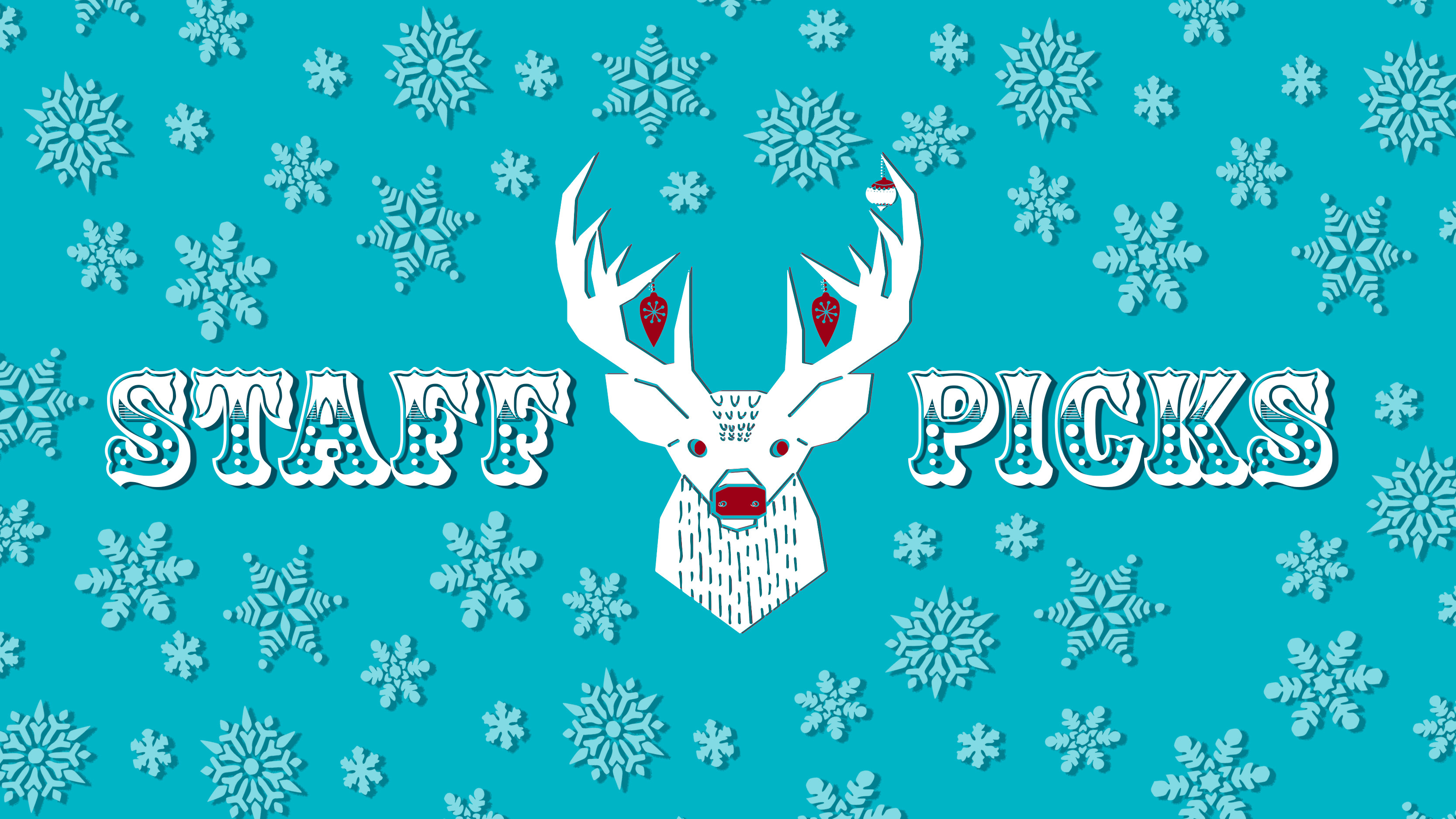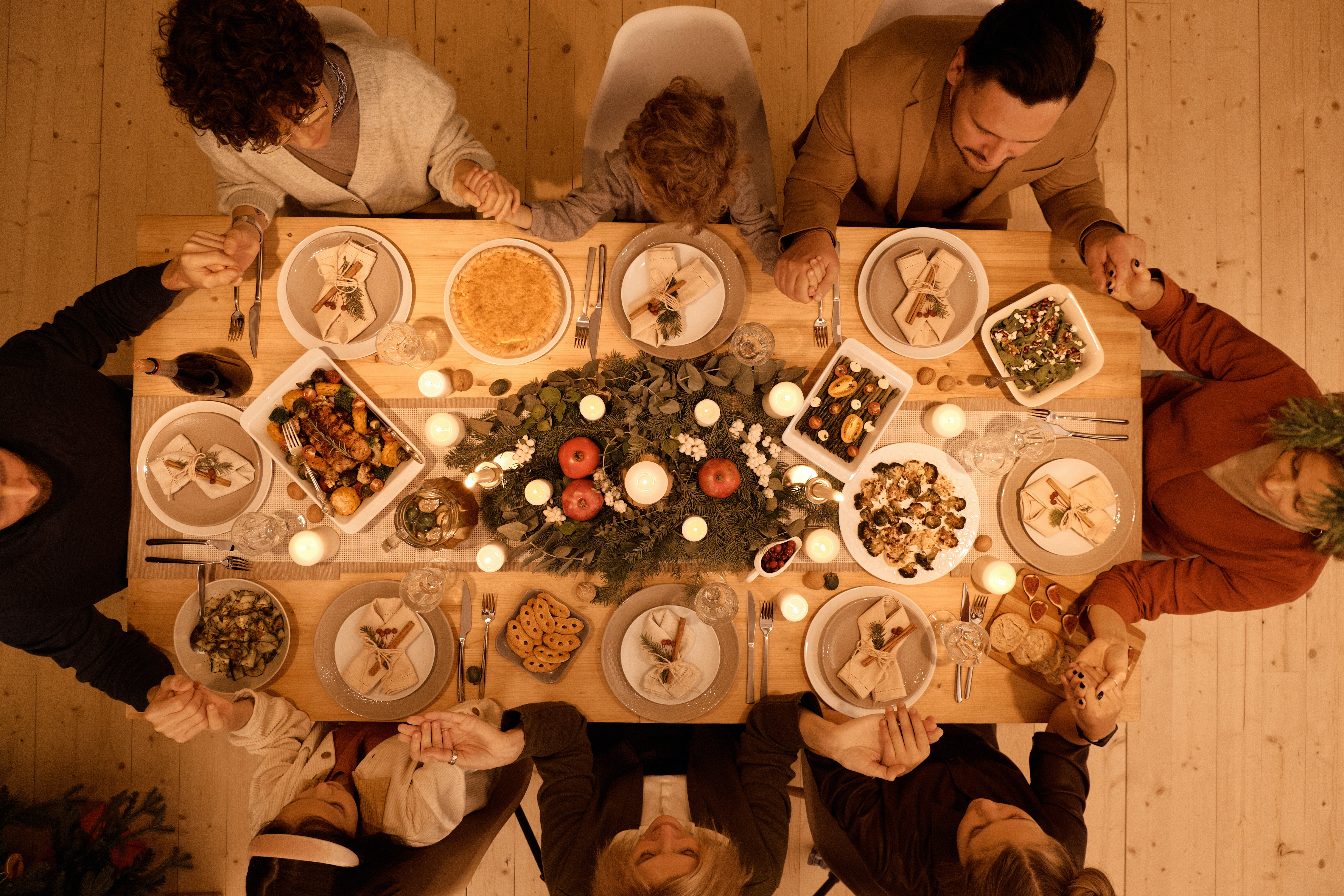The Christmas holiday has more or less been the same for the past couple hundred years, drawing celebration inspiration from Christian and pagan tradition alike to create the season as we know it today. But in coastal North Carolina, you’ll likely find a few people still celebrating Christmas as it once was — before the adoption of the Gregorian calendar.
“Old Christmas,” sometimes referred to as “Little Christmas,” was once a well-known holiday in the Outer Banks. As the initial settled area of North Carolina, the coast was home to some of the first colonists, colonists who elected to move to the “new world” as a way to seek religious freedom. Highlighting the strong schism between Protestant and Catholic faith, these colonists rejected the formal adoption of the Gregorian calendar mandated by the British Empire in 1752 — choosing instead to stick with the established Julian calendar.
The Julian calendar was inefficient and inaccurate compared to the revised Gregorian model, but many colonists resisted its adoption on both religious grounds and because of perceived problems with the 11-day difference between the two. The Christmas holiday took place on December 25 in both calendars, and thus January 6 became “Old Christmas.”

“Adoration of the Magi” by El Greco, 1568
Traditional Old Christmas celebrations retained a great deal of the yuletide season’s pagan roots, with “Old Buck” being the symbol of the season, often represented by a cow or steer head mounted on a pole that was carried in front of a raucous – and often masked — procession. Revelers moved from house to house, playing instruments, singing, dancing and partaking in food and drink. Of course, feasting is standard across many major holidays, and Old Christmas was no exception as friends and neighbors gathered together to share in the bounty of the previous year. Other Old Christmas traditions included the exchange of gifts, the blessing of fruit trees, rising at dawn to silently observe livestock and contemplate the nativity — and the setting of a dinner table by girls and unmarried women who hoped to see apparitions of their future husbands appear over empty place settings.
The first recorded Christmas celebration was in Rome in the year 336, but the holiday was gradually overshadowed by Epiphany, the holiday that would eventually line up closer to the Old Christmas celebrated in the colonies. When the Gregorian calendar was adopted for universal use in countries around the world and the dates for a holiday celebrating the birth of Jesus Christ were split between Eastern and Western churches, the solution was to declare the twelve days between Christmas and Epiphany as one holiday — a decision that led to Christmas as the festival holiday we now know — and gave us the classic tune “The Twelve Days of Christmas.”
Related Stories
‹

Christmas Holiday to Affect Local Government Services Around Orange CountyThe Christmas holiday on Monday, December 25 will affect several local government services around the community. Here’s a rundown of what residents can expect. Town of Chapel Hill Town of Chapel Hill government offices will be closed from Monday, December 25 through Wednesday, December 27. Residential trash will not be collected from December 25-27. Monday […]

Local Lore: Old ChristmasThe Christmas holiday has more or less been the same for the past couple hundred years, drawing celebration inspiration from Christian and pagan tradition alike to create the season as we know it today. But in coastal North Carolina, you’ll likely find a few people still celebrating Christmas as it once was — before the […]

97.9 The Hill's Staff Picks: Holiday DecorationsWelcome to the tenth edition of 97.9 The Hill’s Staff Picks. This time around, we wanted to get into the spirit of the season. So, we asked our staff to share their all-time favorite holiday decoration! Among the myriad of festive adornments, one timeless favorite among our staff is the artful display of holiday posters. […]

Governor Warns of Holiday COVID Spread; No New RestrictionsNorth Carolina Gov. Roy Cooper advised residents to avoid traveling over the holidays, saying Tuesday that he would limit his Christmas gathering in Raleigh to immediate family members. Speaking at a news conference, Cooper warned of increases in coronavirus spread similar to the one that occurred over Thanksgiving if people disregard public health guidelines. He […]

Government Officials Warn Against Holiday Gatherings Amid Rising COVID CasesAs COVID-19 cases and hospitalizations continue to rise, health and local government officials are concerned as friends and families make plans to gather over the holidays.
![]()
In Santa’s Mailbag, a Peek Into Children’s Pandemic WorriesJim, from Taiwan, slipped a face mask inside the greeting card he sent to Santa and marked “I (heart) u.” Alina, 5, asked in her Santa letter written with an adult’s help that he please use the front door when he drops in, because the back door is reserved for Grandma and Grandpa to minimize […]

Chatham County Senior Care Facility Reports 4 COVID-19 CasesFour cases of coronavirus have been confirmed in The Laurels of Chatham. In a release on Thursday, the Chatham County Public Health Department said it has been working with the nursing facility to identify and test and residents or staff members who were in close contact with those who tested positive or showed symptoms […]

Notre Dame Rector: Fragile Cathedral Might Not Be SavedThe rector of Notre Dame Cathedral says the Paris landmark is still so fragile that there’s a “50 percent chance” the structure might not be saved, because scaffolding installed before this year’s fire is threatening the vaults of the Gothic monument. Monsignor Patrick Chauvet said restoration work isn’t likely to begin until 2021 — and […]
![]()
Christmas Typhoon Leaves 20 Dead in PhilippinesA strong typhoon that barreled through the central Philippines left at least 20 people dead and forced thousands to flee their homes, devastating Christmas celebrations in the predominantly Catholic country. Typhoon Phanfone stranded many people in sea and airports at the peak of holiday travel, set off landslides, flooded low-lying villages, destroyed houses, downed trees […]

Christmas in the Carolinas: How Holidays Have ChangedThe Christmas holiday has more or less been the same for the past couple hundred years, drawing celebration inspiration from Christian and pagan tradition alike to create the season as we know it today. But in coastal North Carolina, you’ll likely find a few people still celebrating Christmas as it once was — before the […]
›










